When you visit the DMA this fall, you’ll have the opportunity to see Van Gogh and the Olive Groves, the first exhibition dedicated to Vincent van Gogh’s series of olive grove paintings!
These paintings capture the abundant olive trees around the asylum of Saint-Rémy, where Van Gogh spent the final year of his life. But he was not the only artist who took inspiration from nature. There are many depictions of trees in our collection; take some time to see how many you can find!
To help you, I’ve put together a tour of trees featuring 11 of my favorites currently on view. Starting on Level 1 in the Keir Collection of Islamic Art, look for this 17th-century dish from Iran among the many ceramics displayed in this gallery.
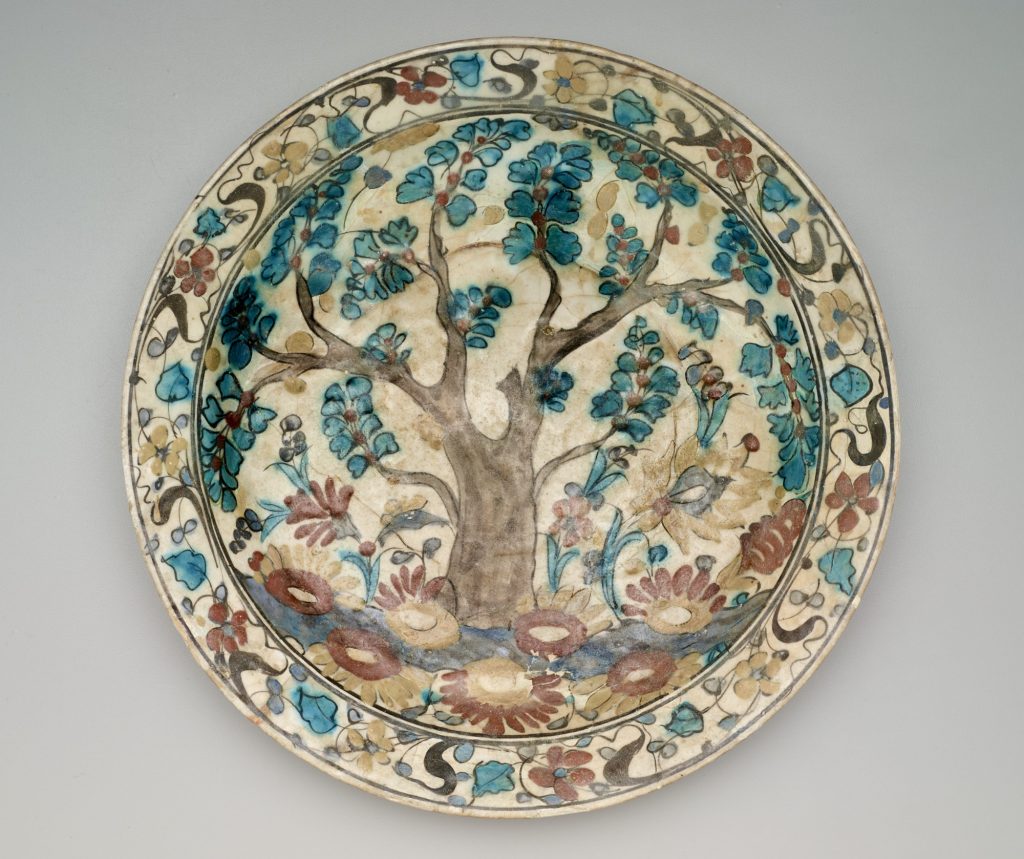
Across from the Keir Collection, step outside into the Fleischner Courtyard, named after the artist Richard Fleischner, who designed this space for the DMA’s move to this location in 1983. These are not the original trees, as the courtyard has been refurbished twice since the 1980s—in 1993 and 2009.
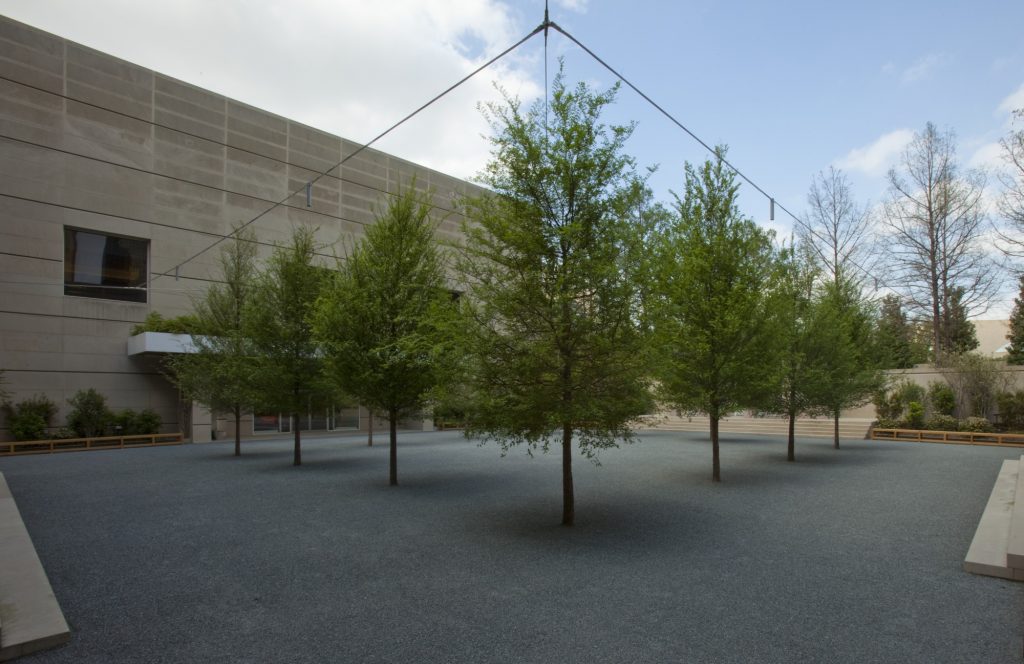
Next, head to Level 2 and our European Art Galleries to find the grove of oak trees in the Forest of Fontainebleau by Narcisse Diaz de la Peña. The artist was part of the Barbizon School of French painters, whose goal was to rediscover the magic of untouched nature.
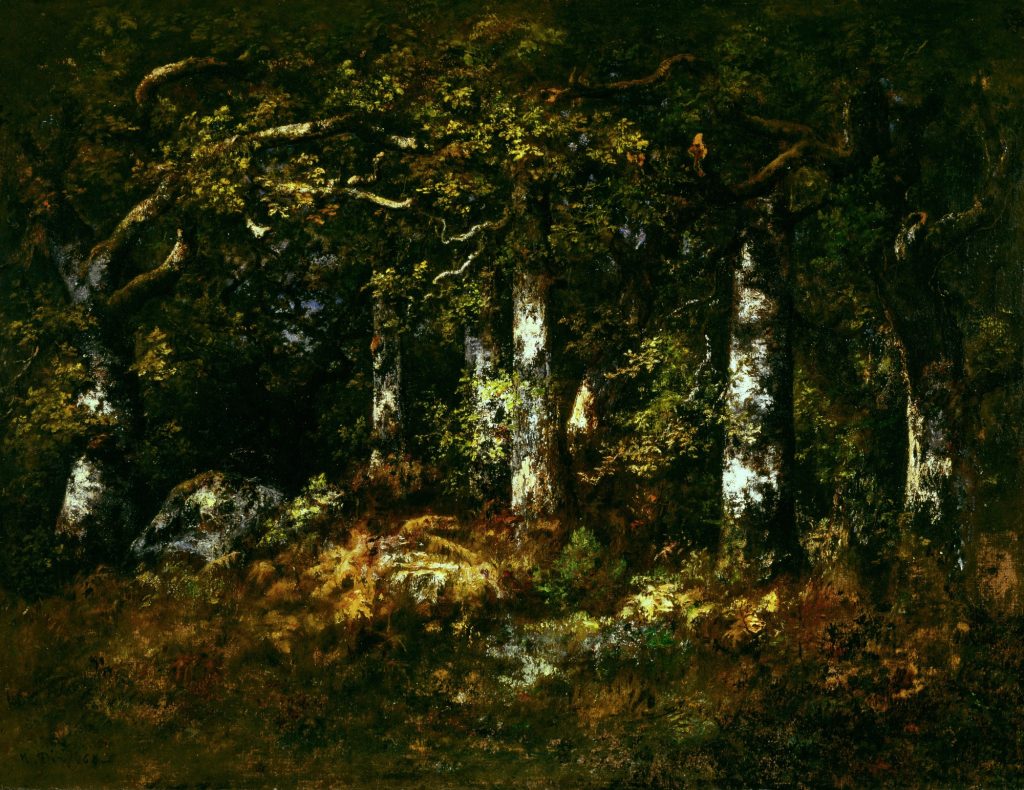
Leaving the dark forest behind, take in the bright colors of Claude Monet’s poplar trees. Poplars, Pink Effect belongs to a series of 24 paintings; like Van Gogh, Monet often revisited the same subject multiple times to capture varying light and weather conditions.
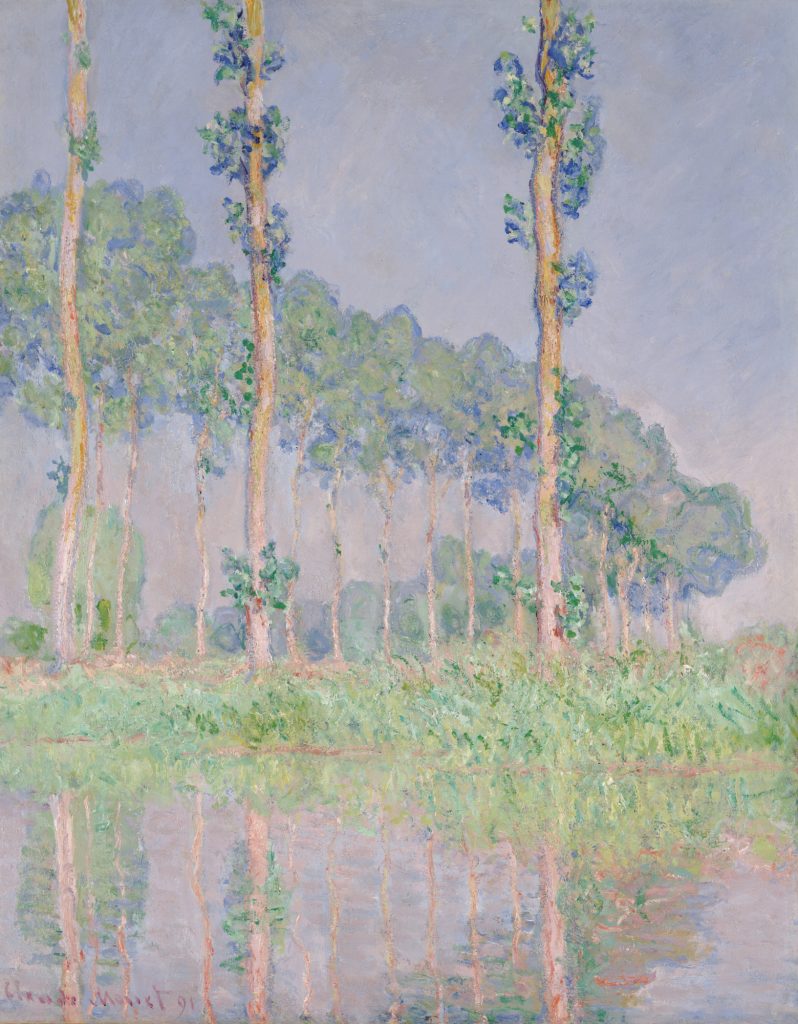
Before leaving Level 2, look for an apple tree painted by Piet Mondrian. Through his use of line and color, Mondrian conveyed nature’s dynamic energy.
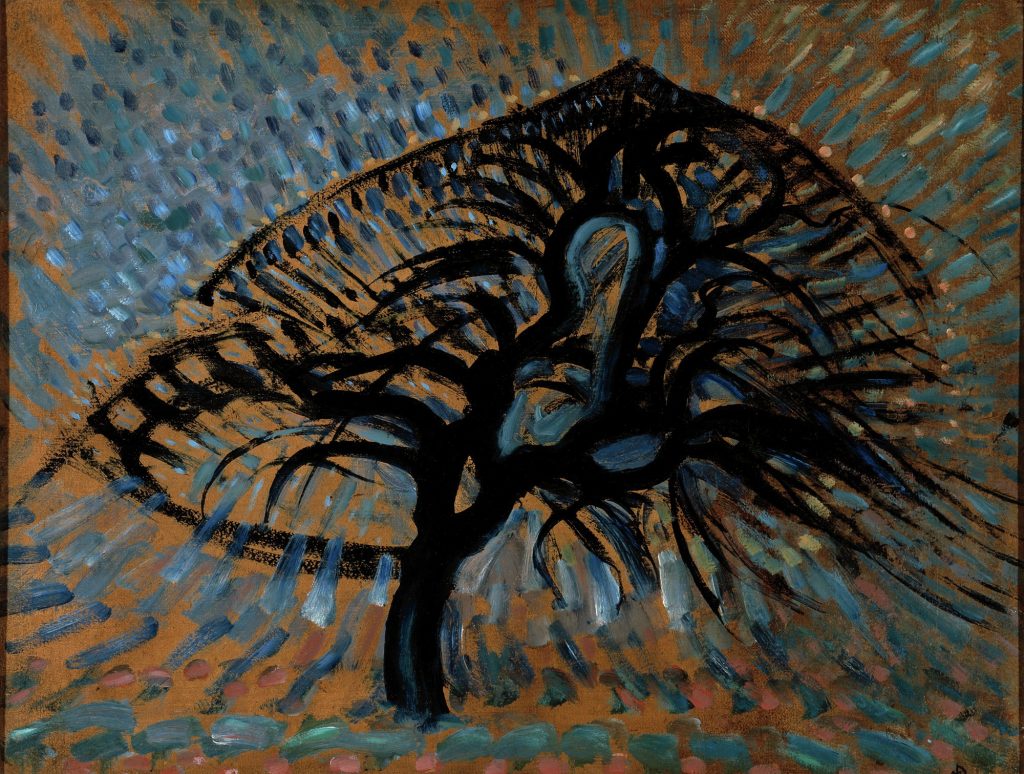
Did you know Winston Churchill was also an artist? If you visit the Wendy and Emery Reves Collection on Level 3, you will find several paintings by Churchill, including Sea and Pine Trees, Cap d’Ail.
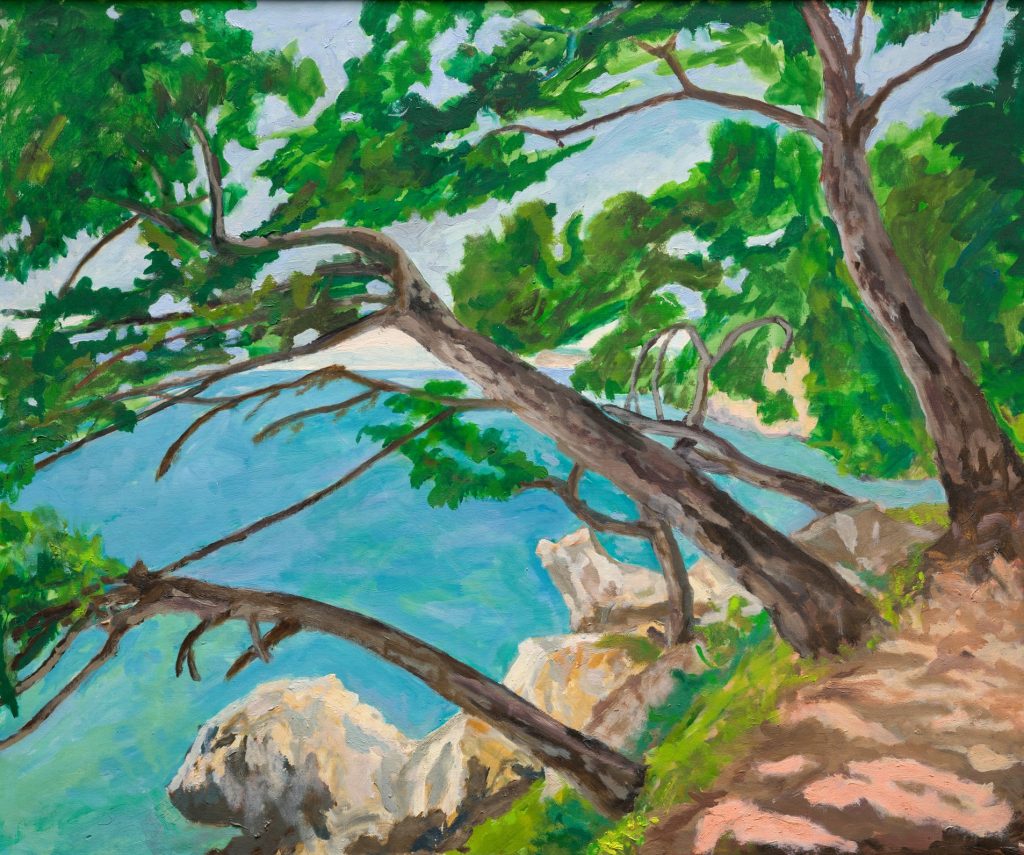
As you continue exploring Level 3, take a moment to stop and appreciate the standing male figure from Vanuatu. While not a literal depiction of a tree, it was carved from the lower part of a tree-fern stem and stands over 11 feet tall!
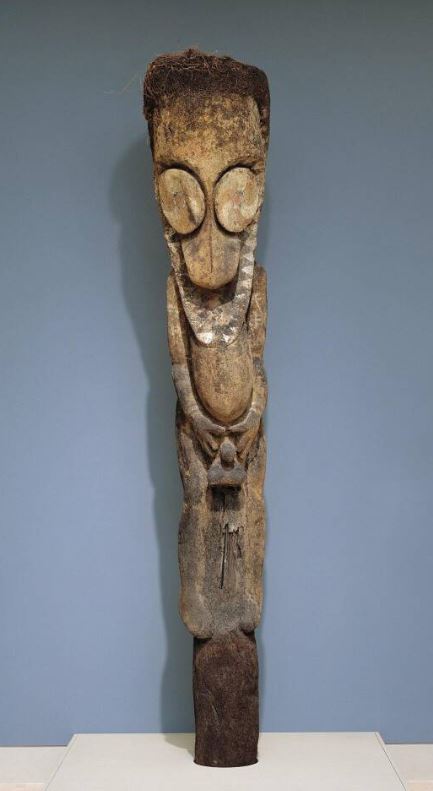
Now make your way to the Arts of Africa Galleries and look for the linguist staff (okyeame poma) from the Asante peoples of Ghana. The finial on this staff refers to an Asante proverb that states, “One who climbs a good tree always gets a push.”
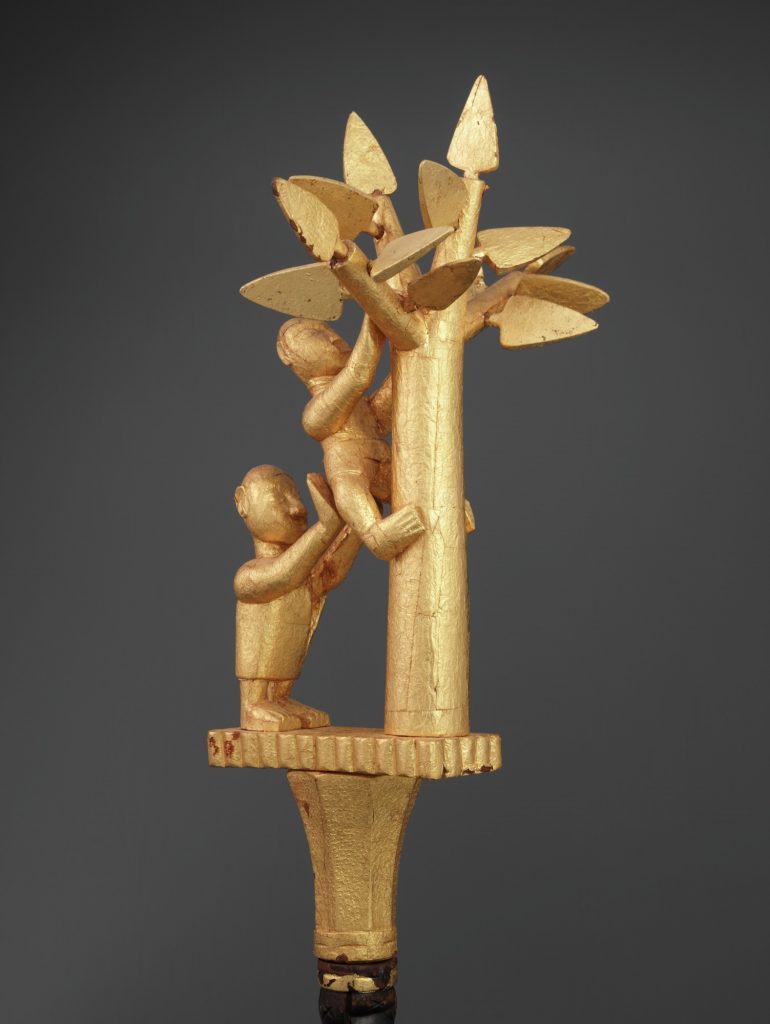
Head to Level 4 and find Veteran, a painting by Everett Spruce (bonus tree points!). The tree in this painting shows us the often uncompromising and inhospitable forces that shape the Texas landscape.
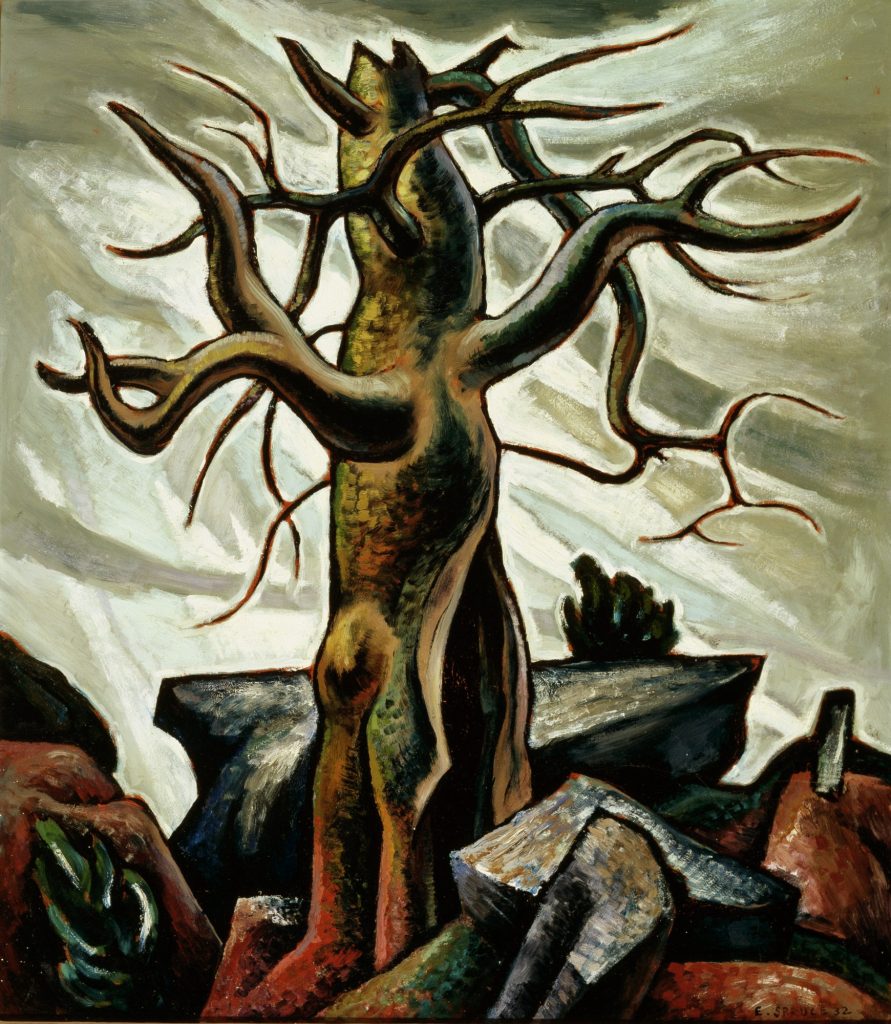
Around the corner from Veteran, Georgia O’Keeffe’s Bare Tree Trunks with Snow gives us a more minimalist and abstract version of trees. O’Keeffe would often simplify what she saw in nature, using descriptive titles to clarify things for the viewer.
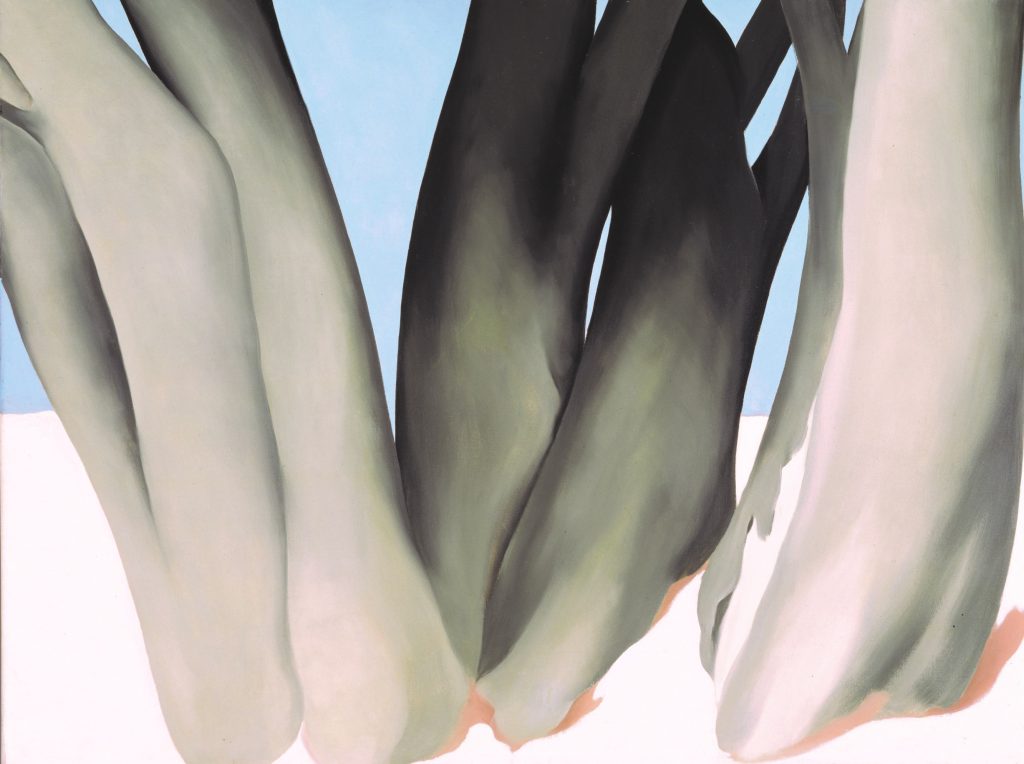
The final tree on this walk through the woods is in the free special exhibition Devoted: Art and Spirituality in Mexico and New Mexico. George López’s sculpture Adam and Eve and the Tree of Life shows the moment when Eve offers Adam an apple from the tree of knowledge—and it is made of wood from three different trees: cottonwood, pine, and cedar!
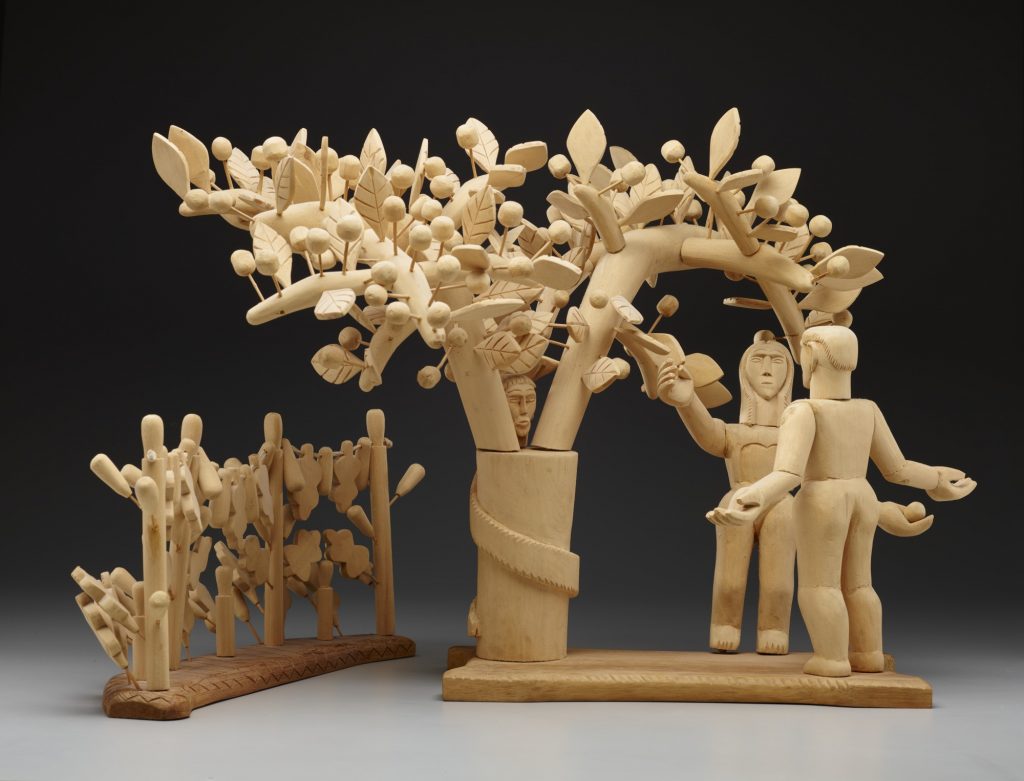
Stacey Lizotte is the DMA League Director of Adult Programs at the DMA.